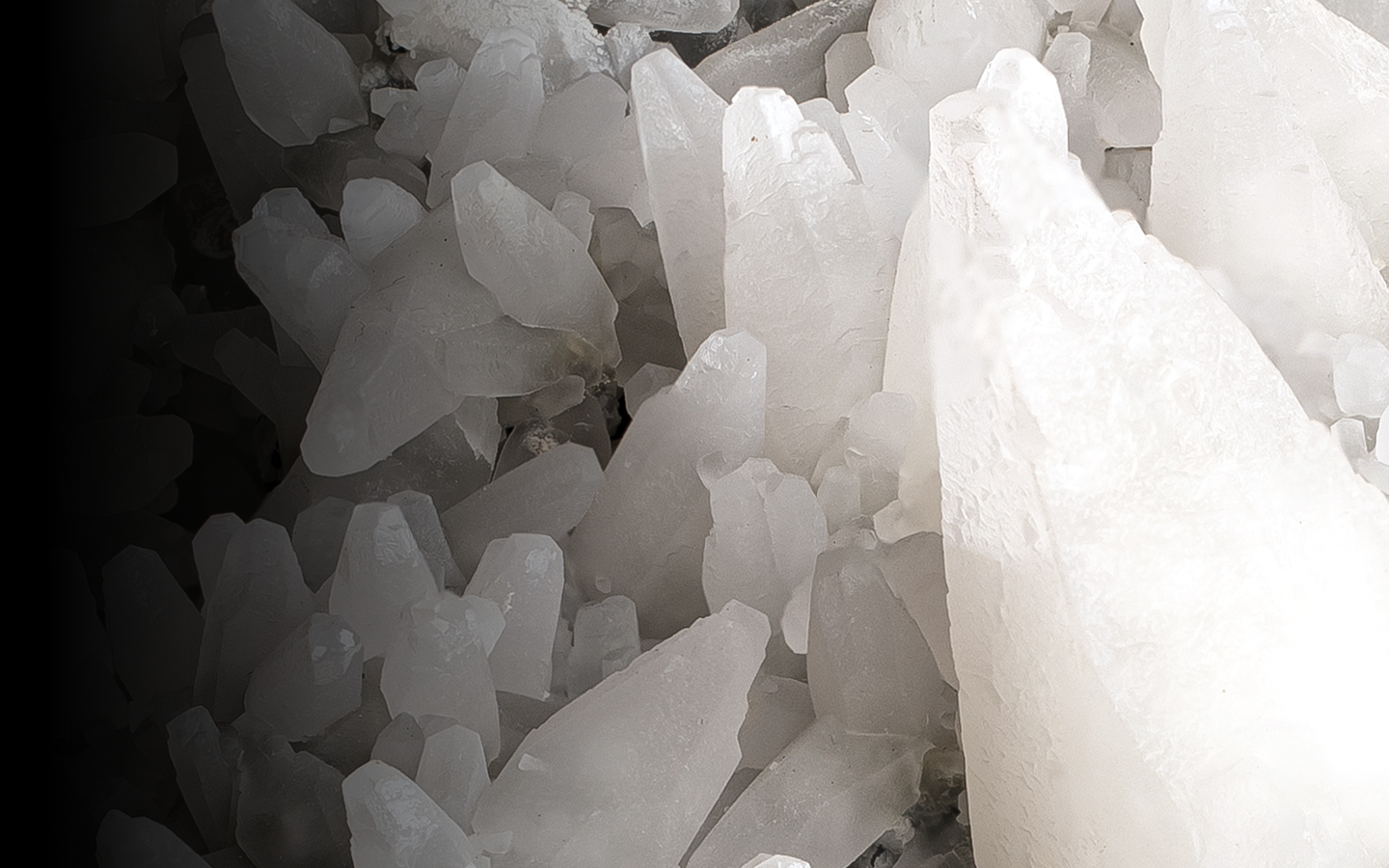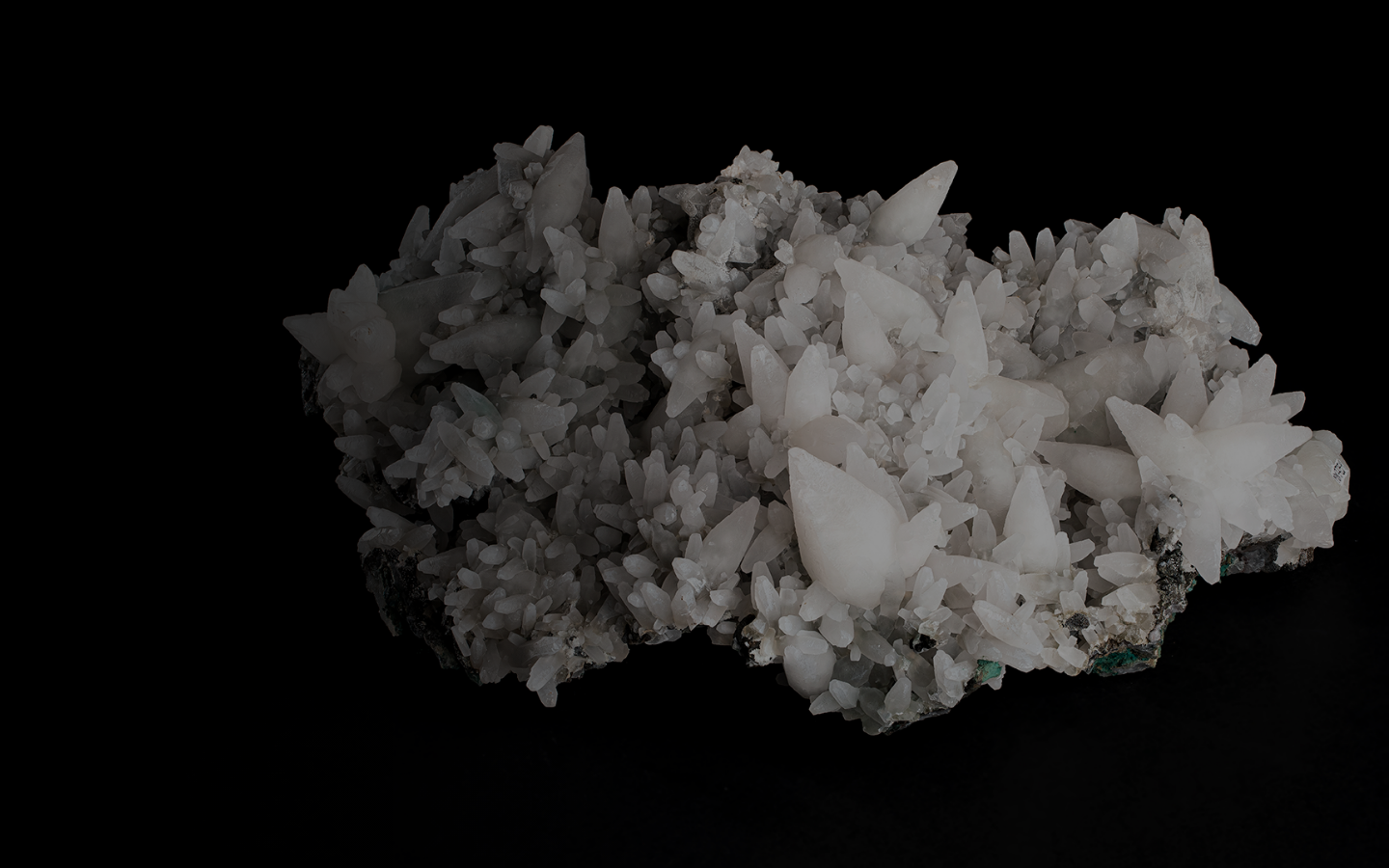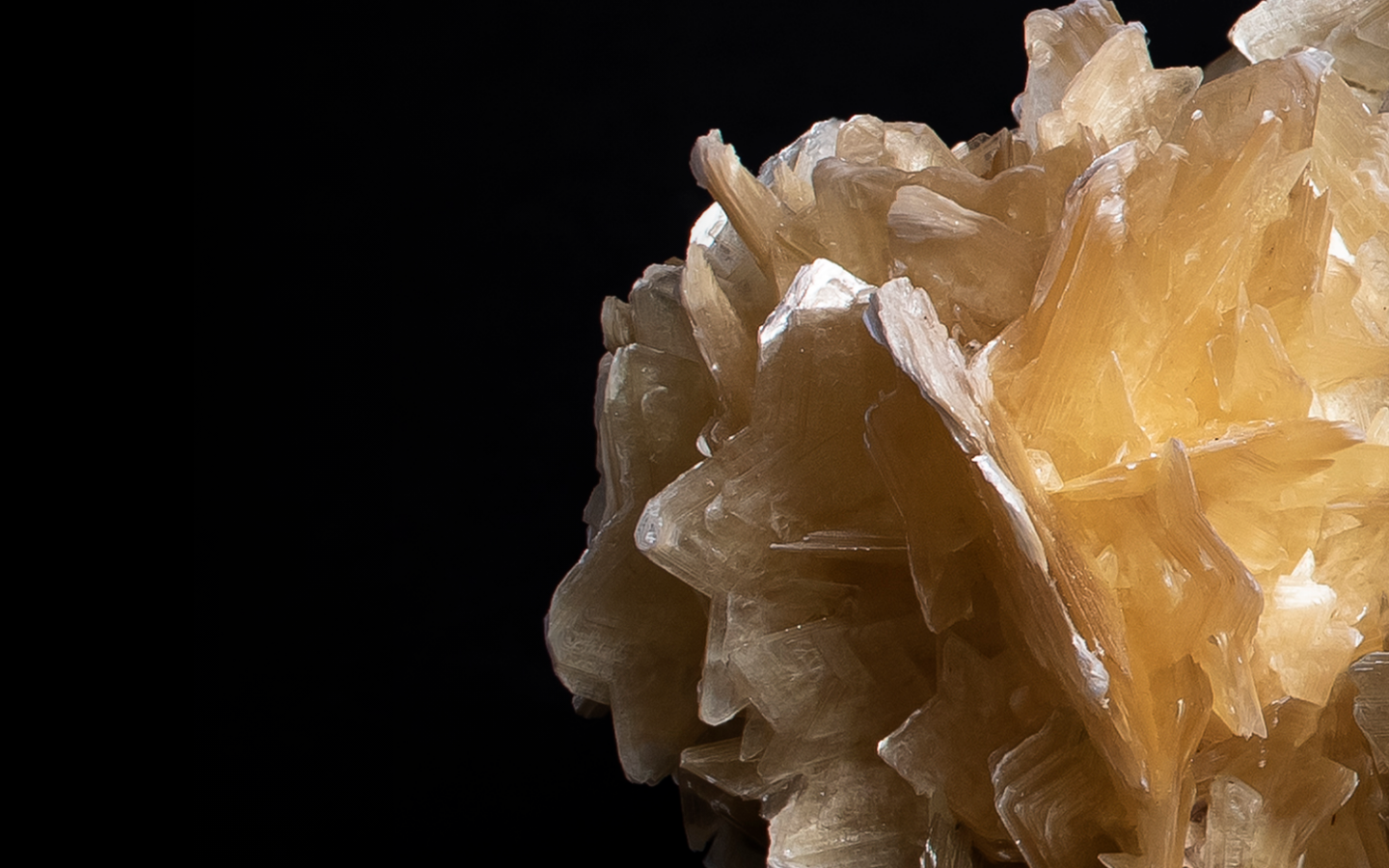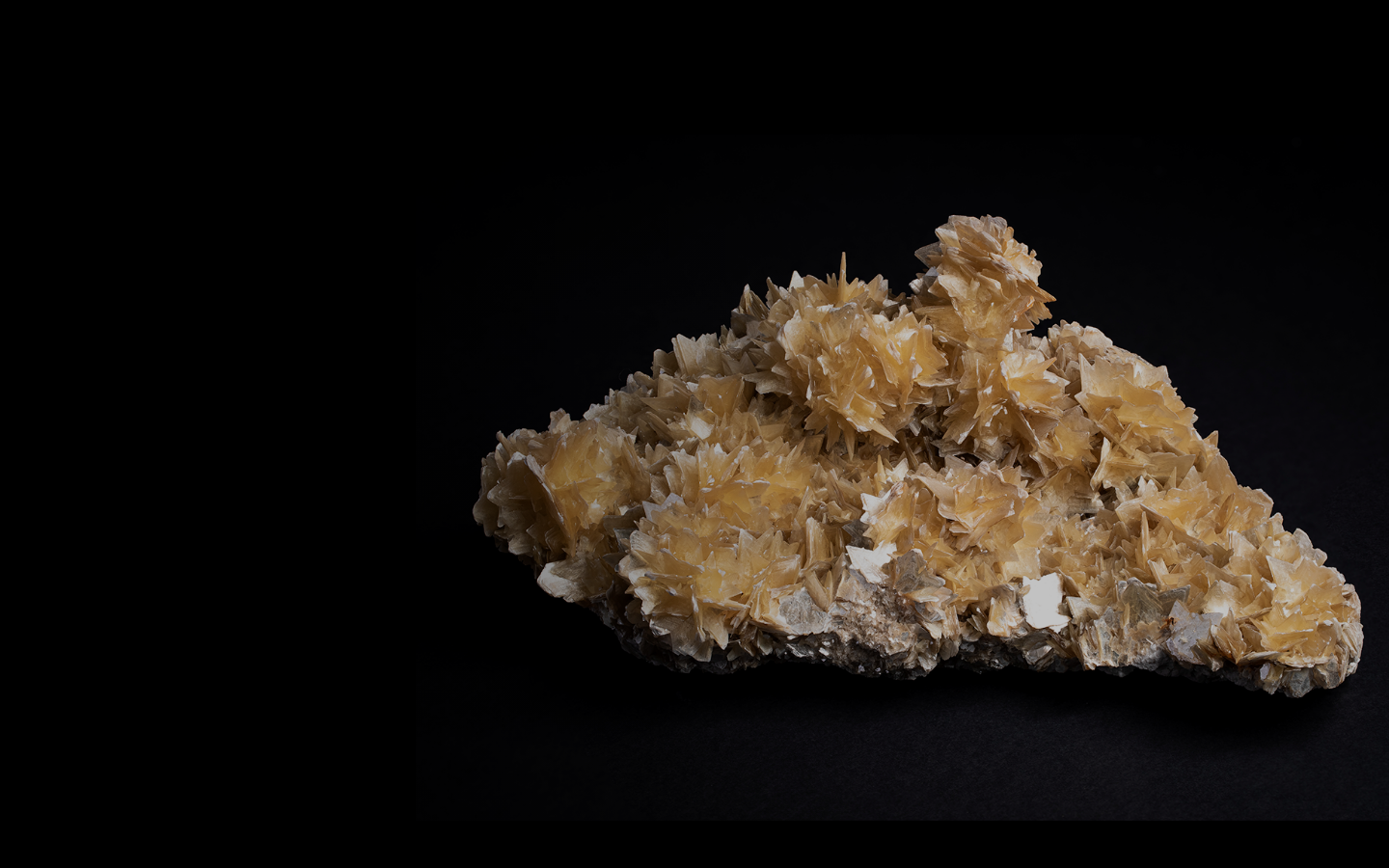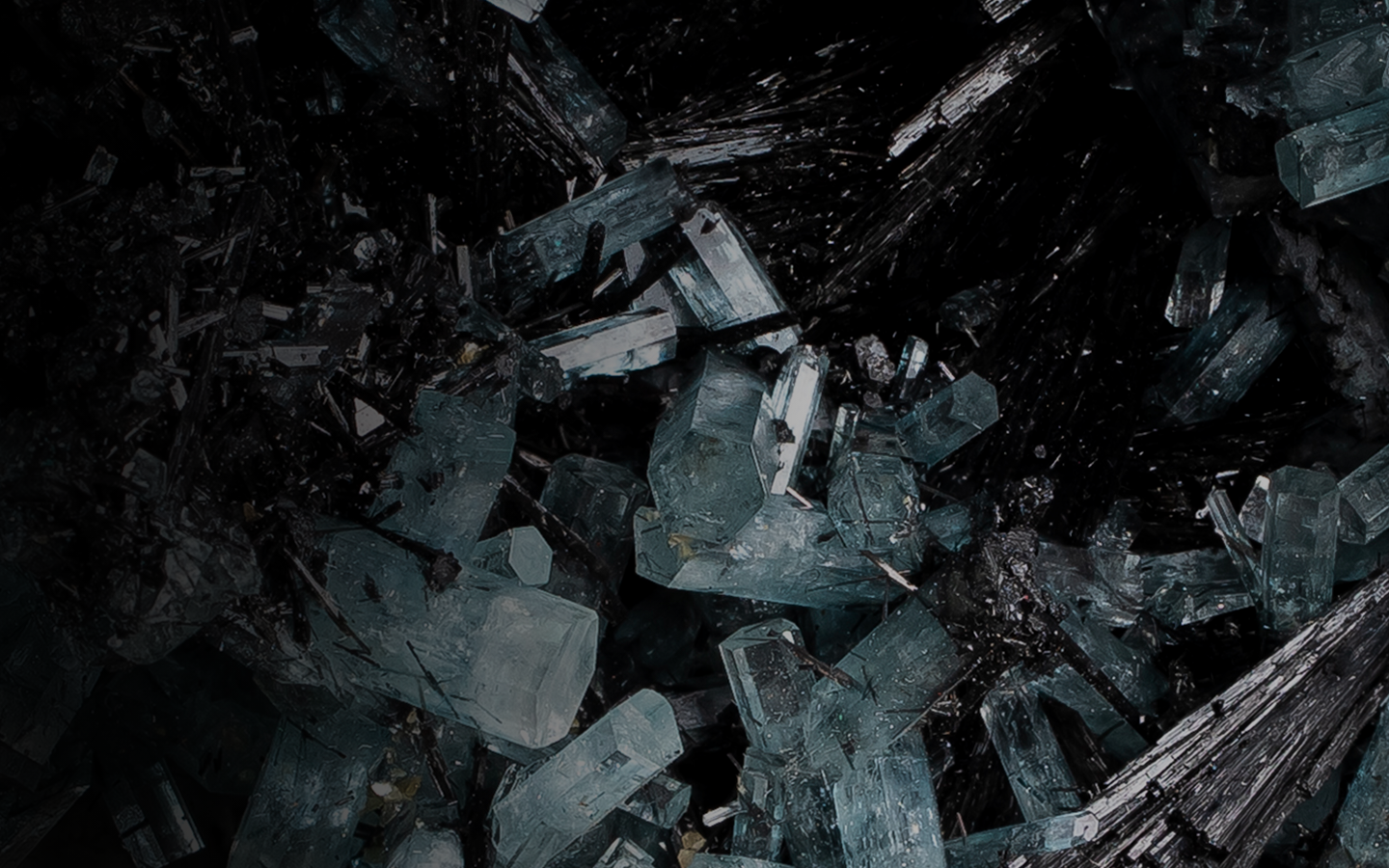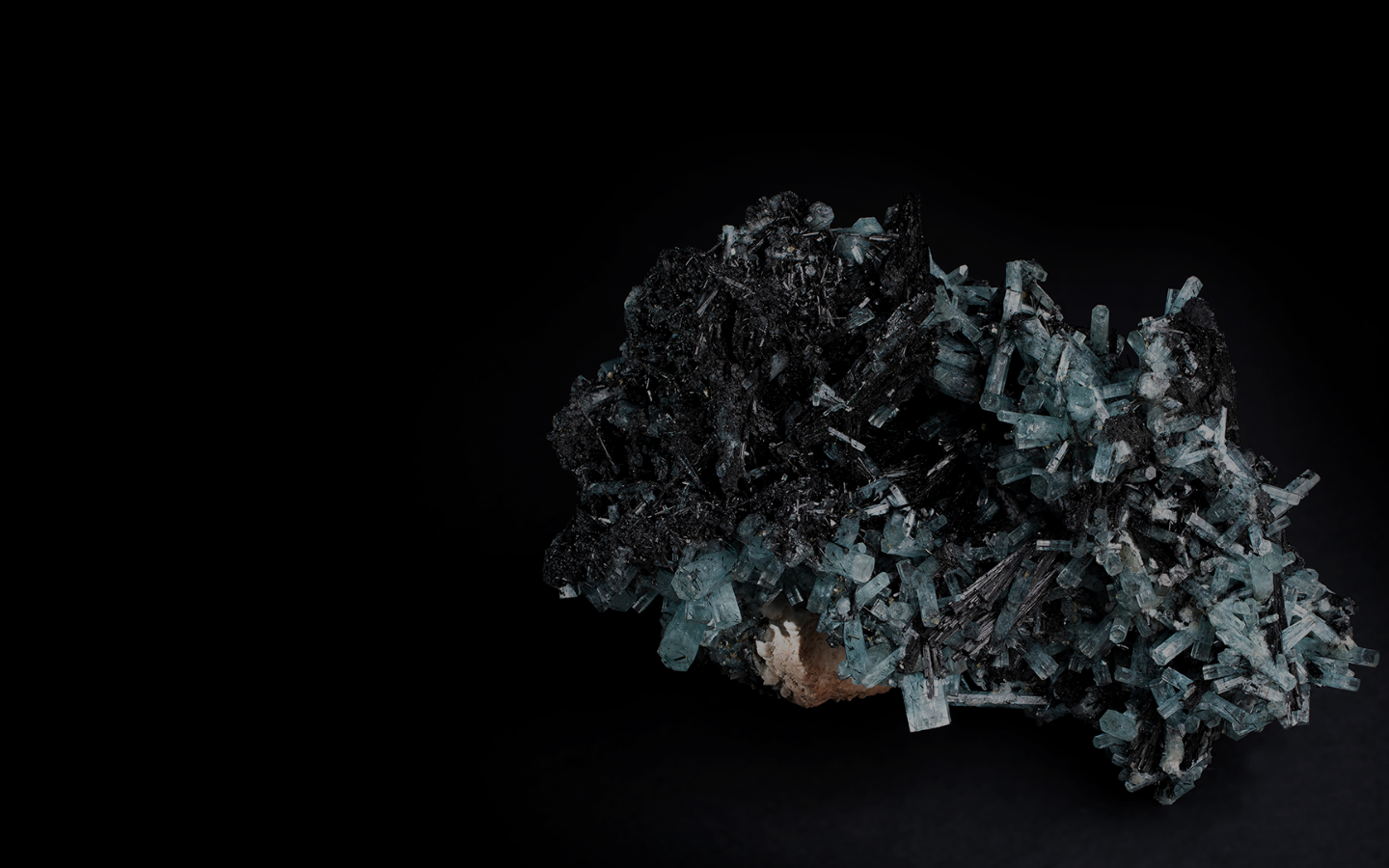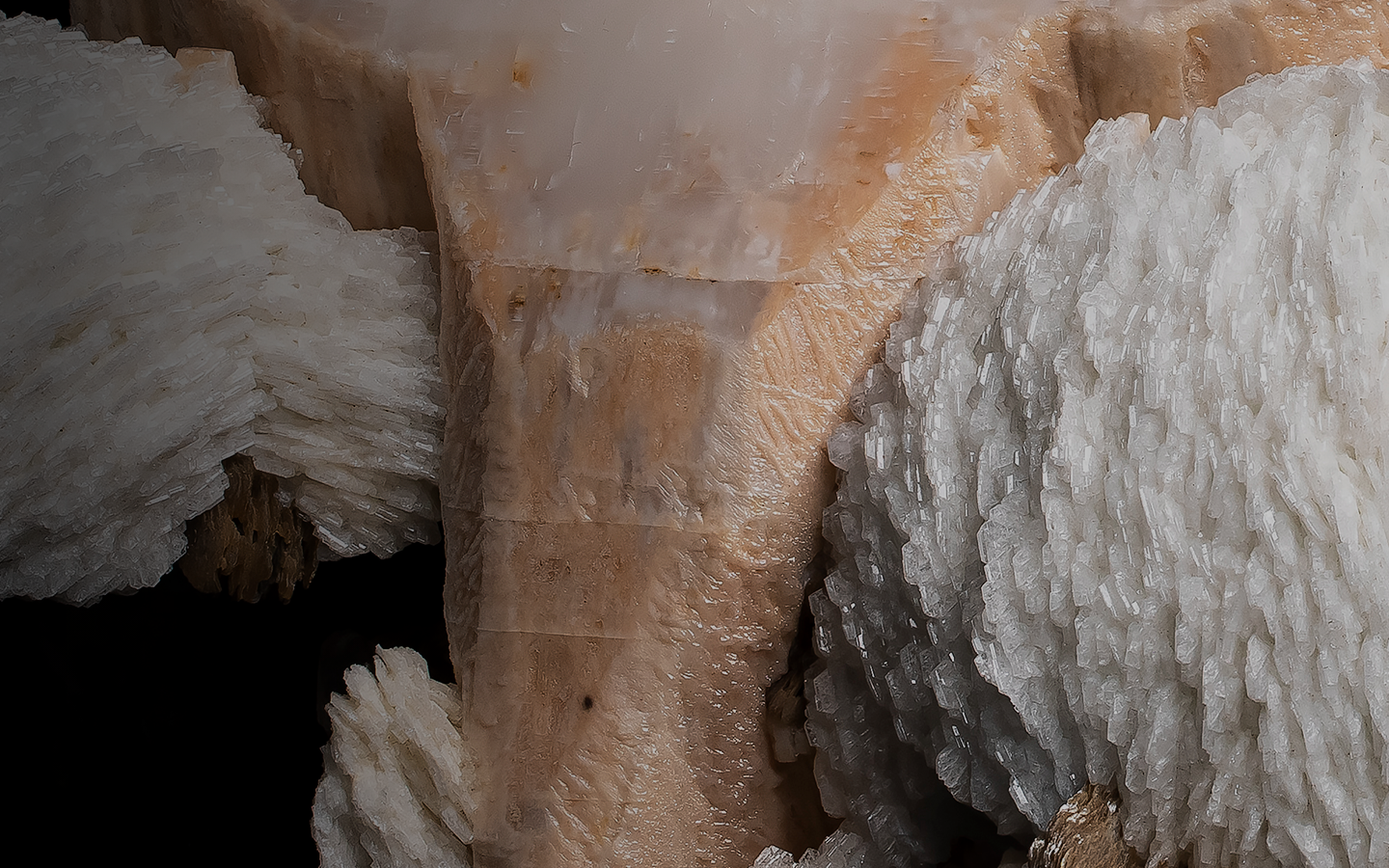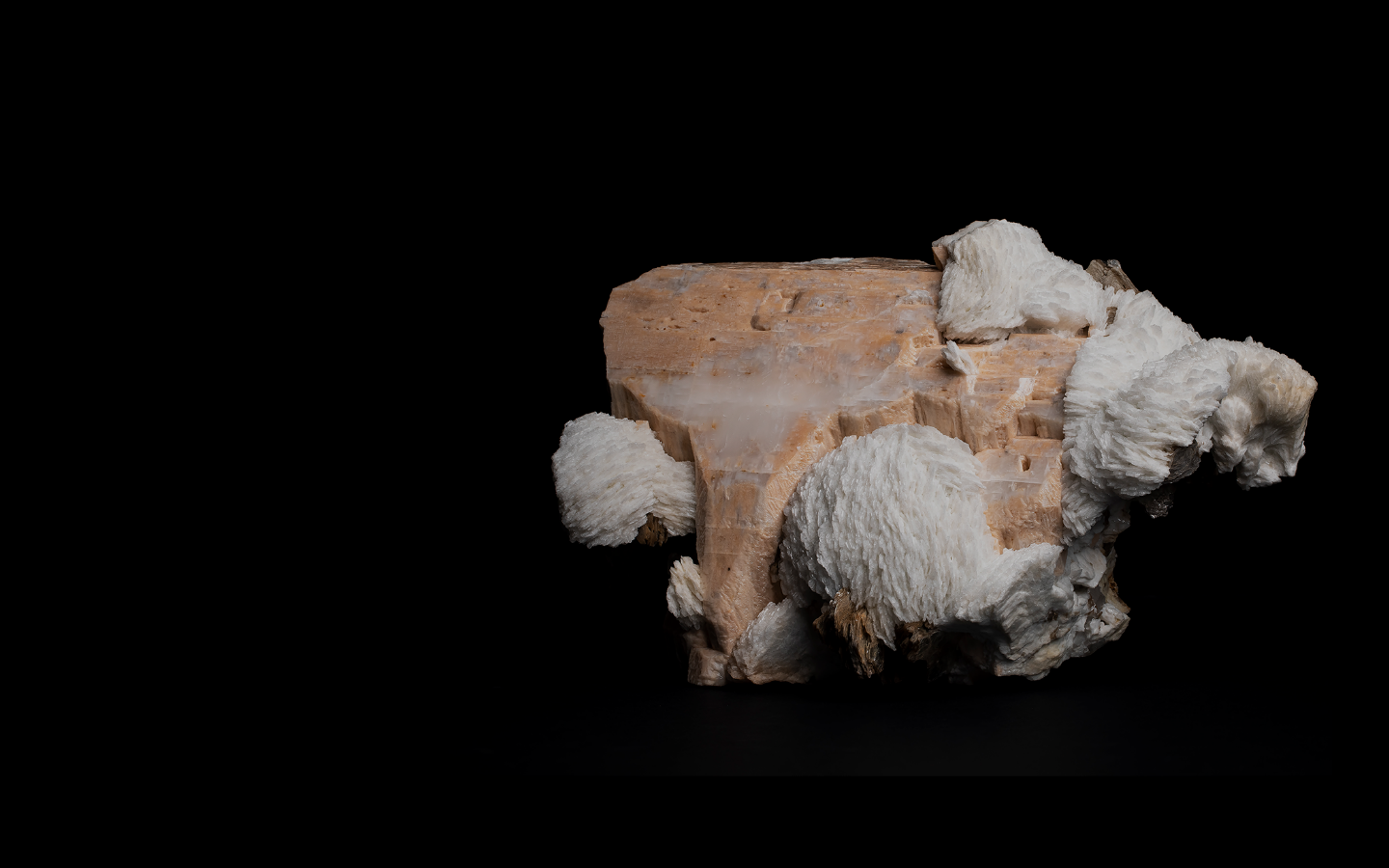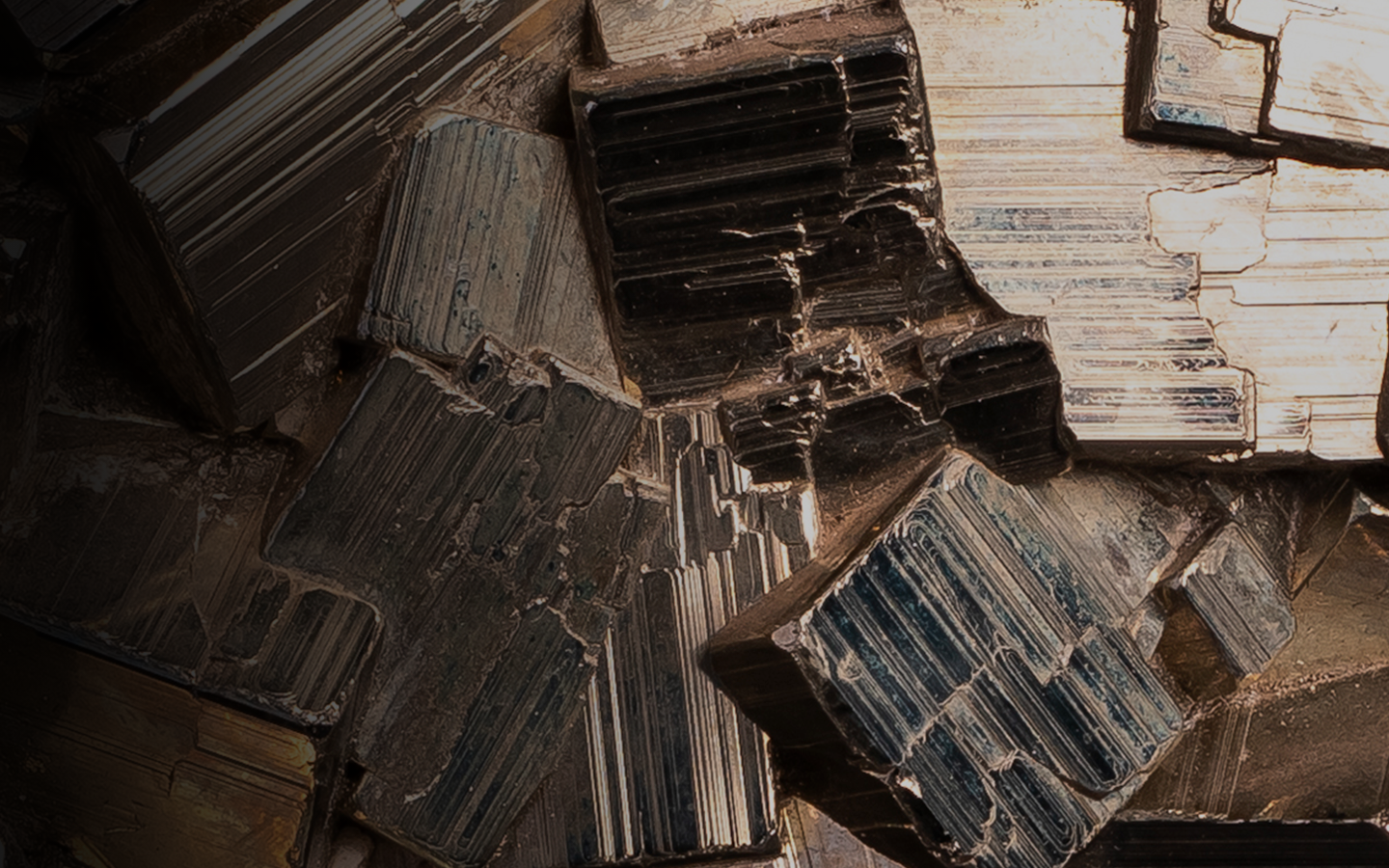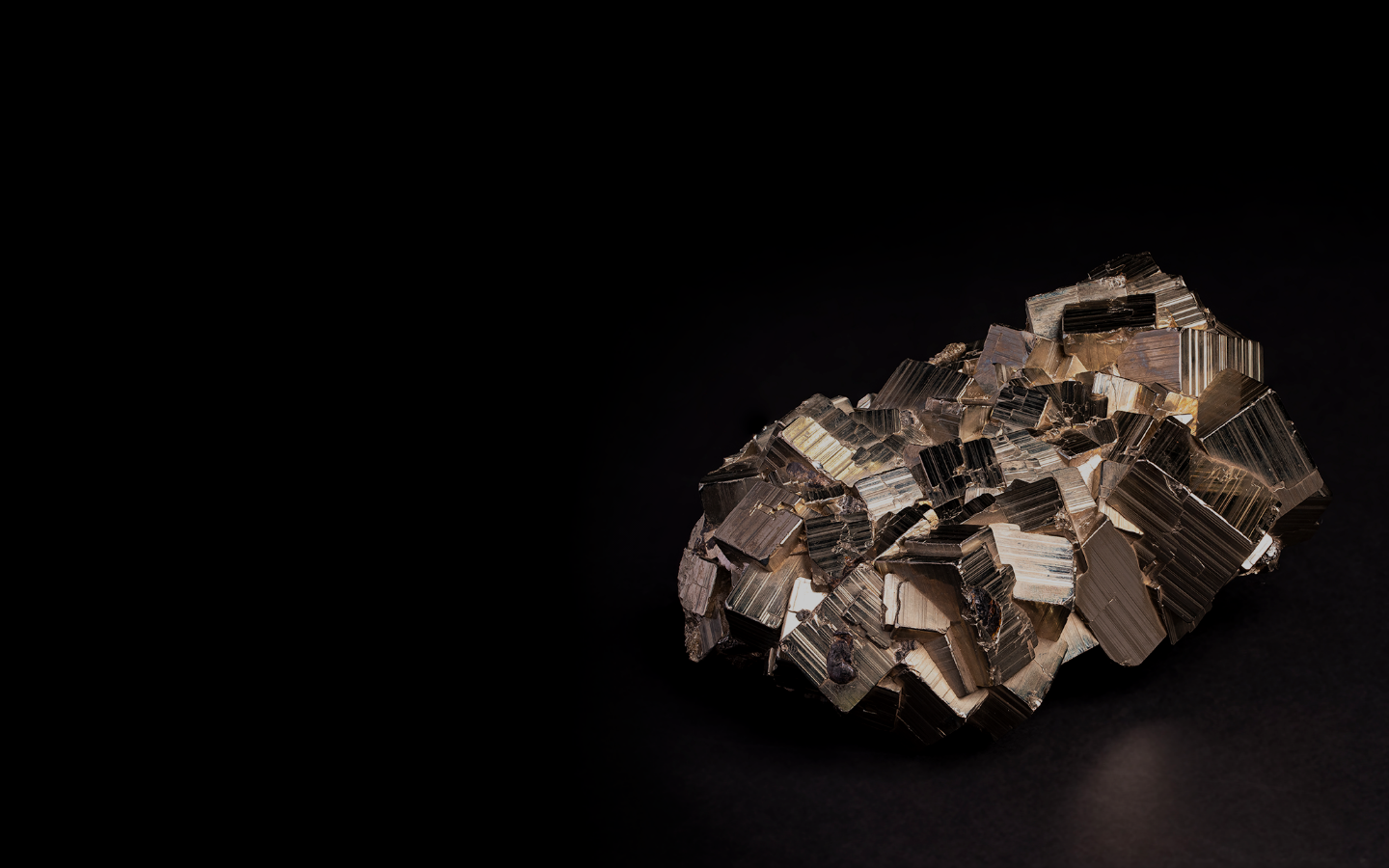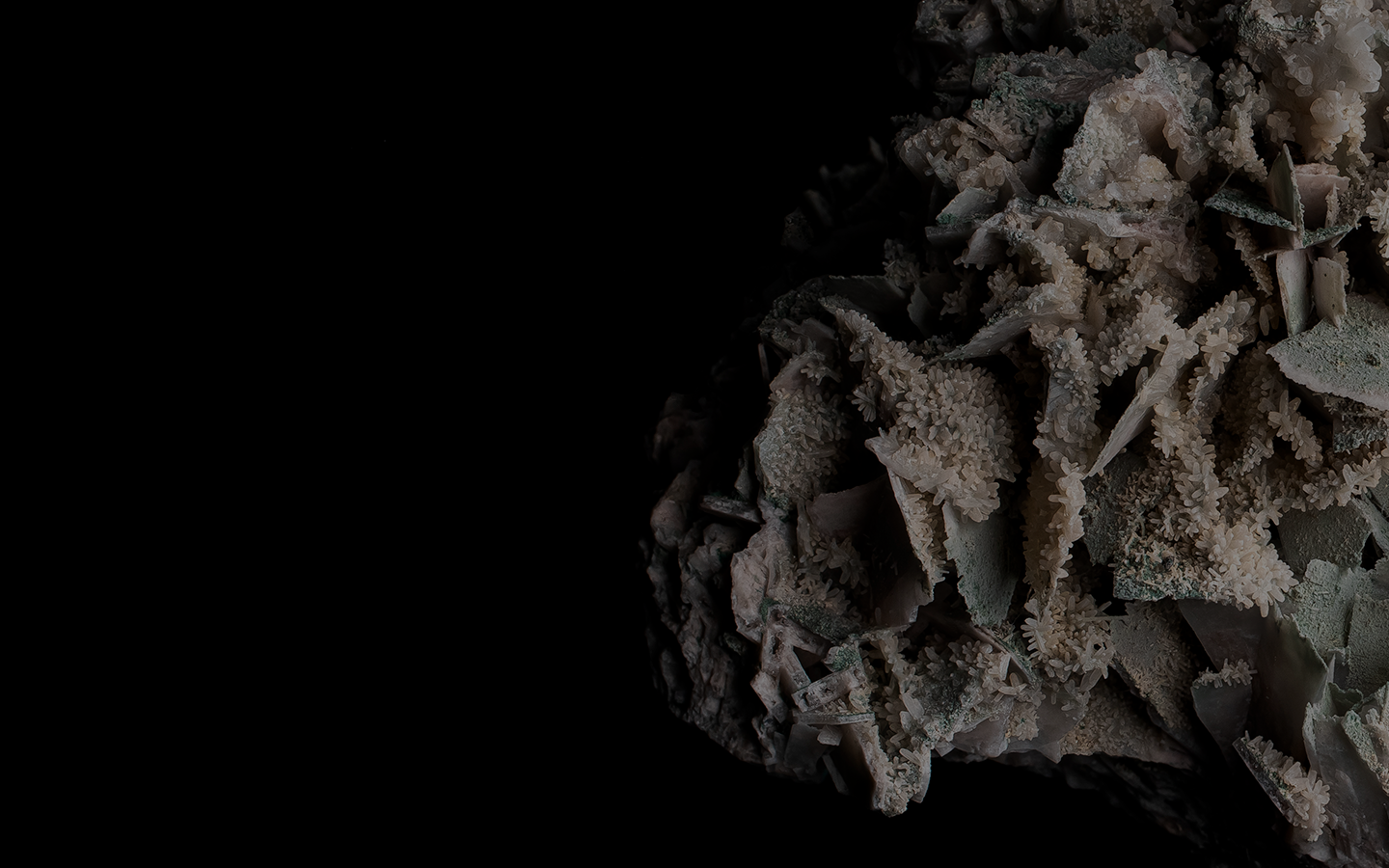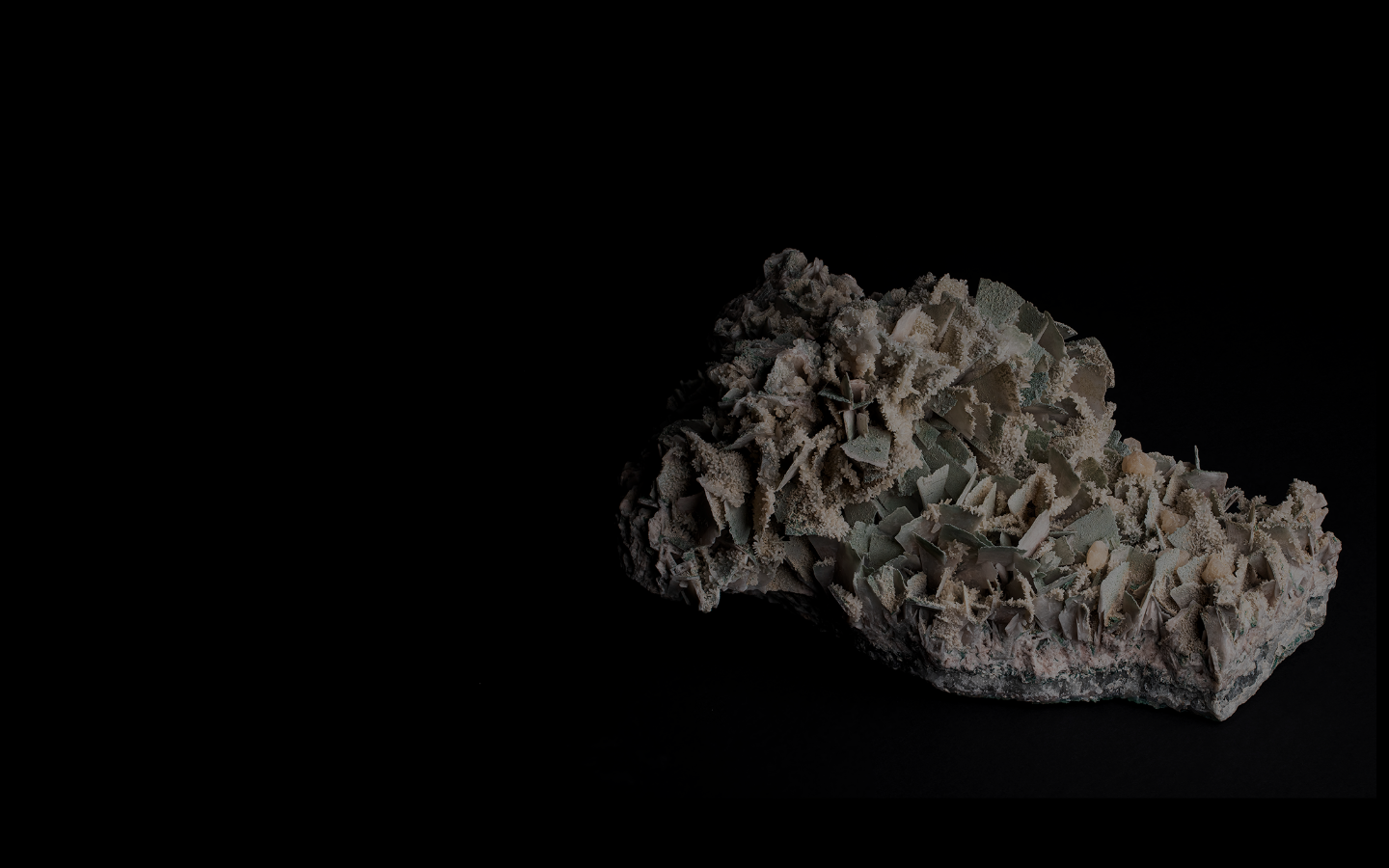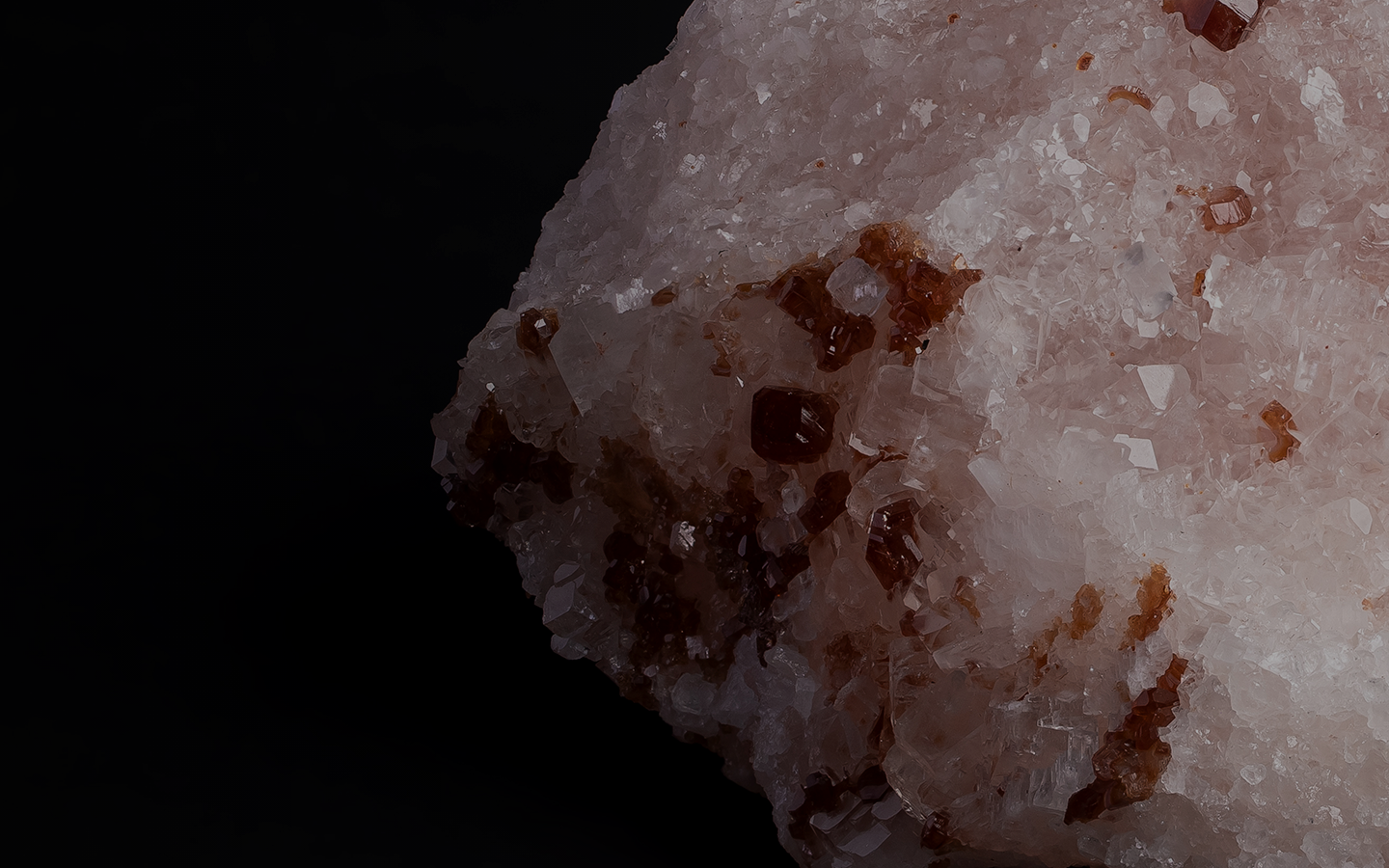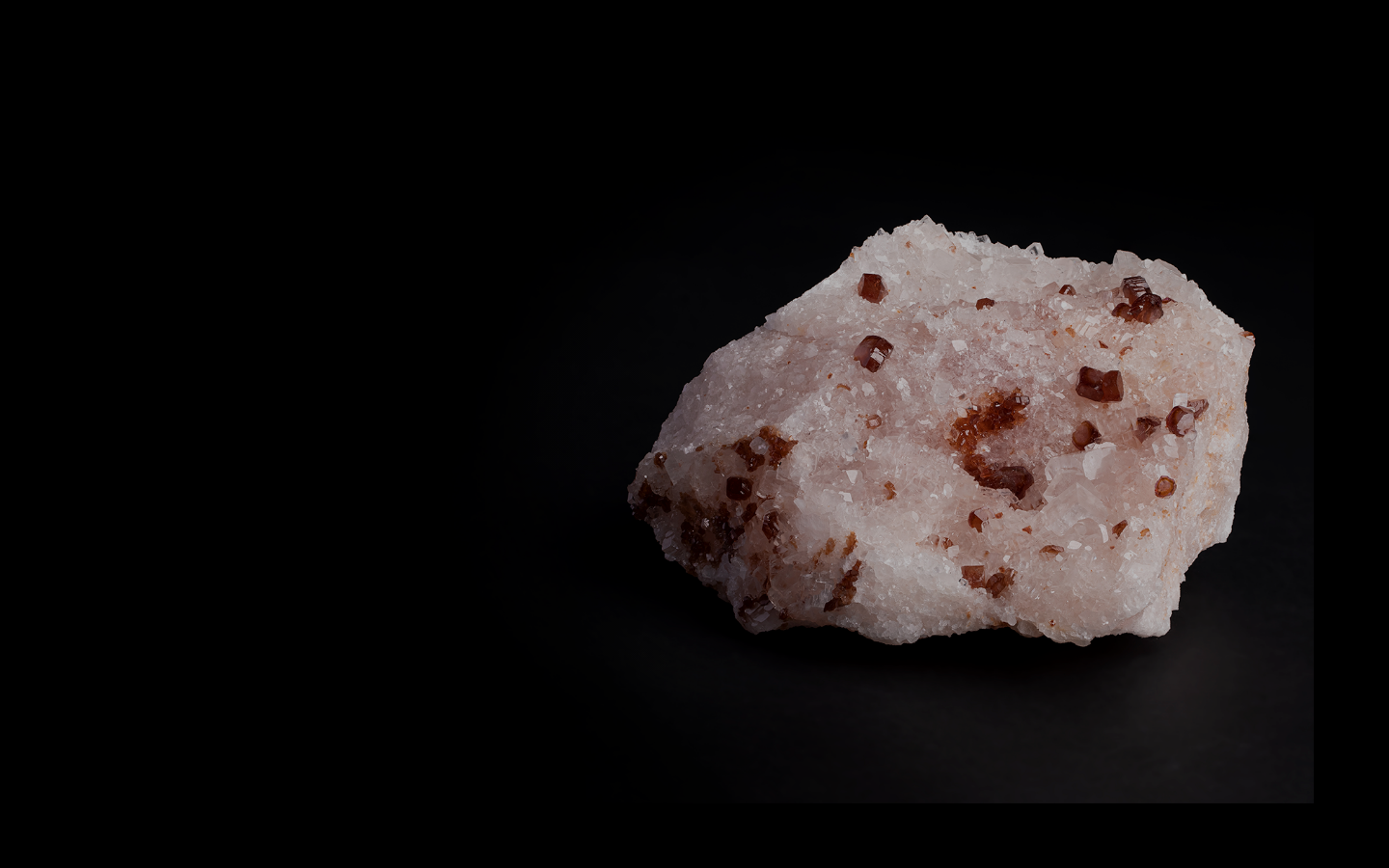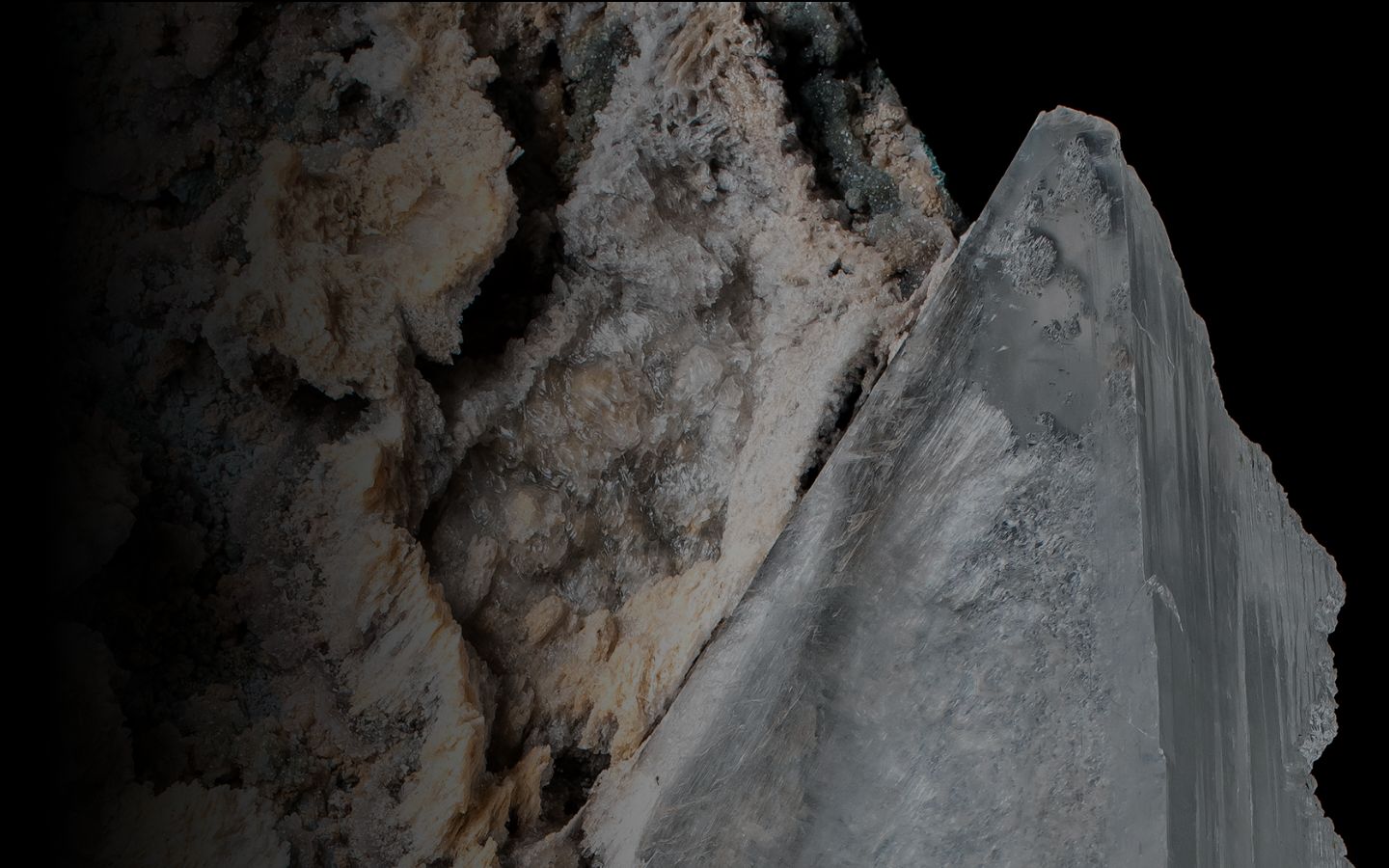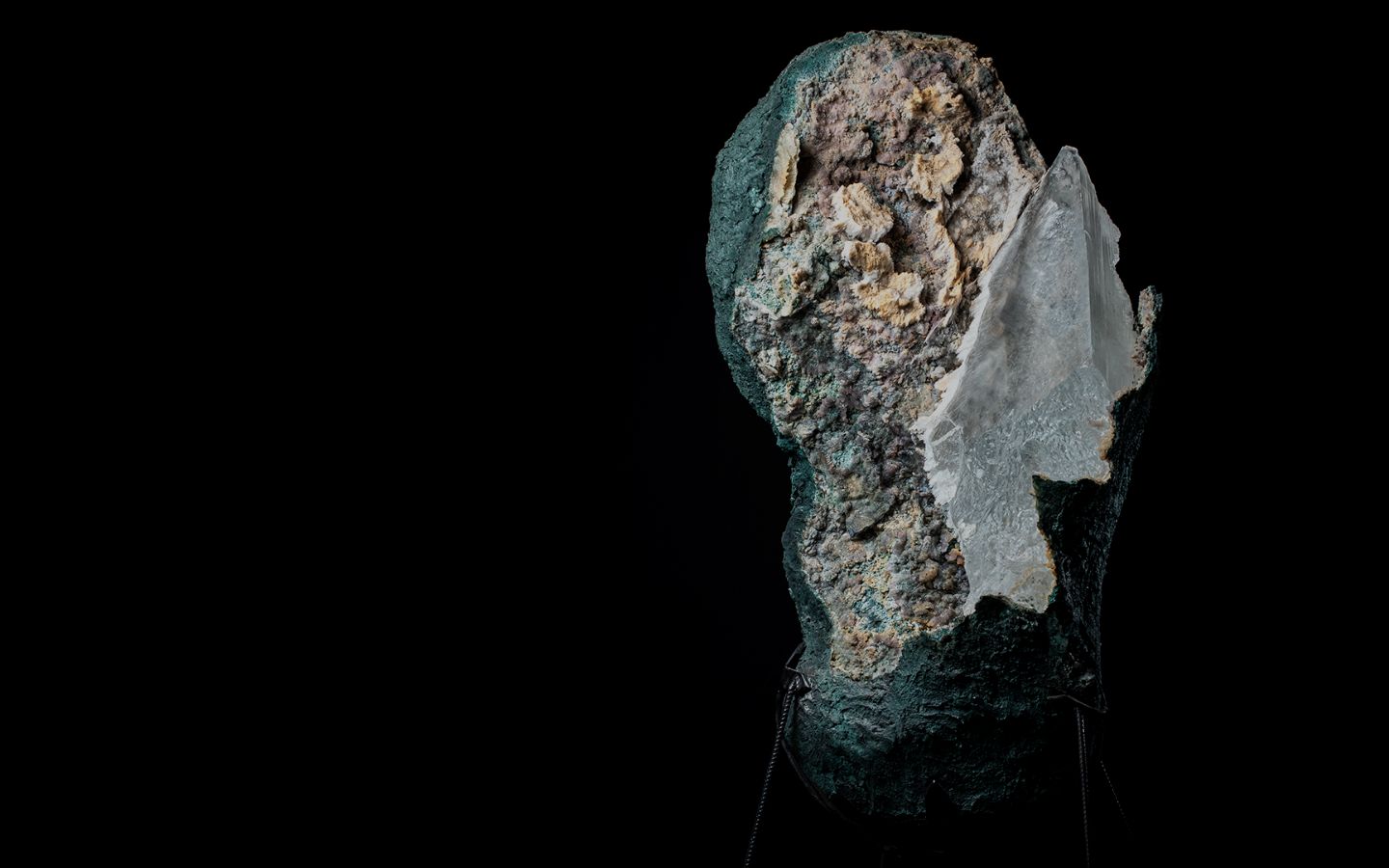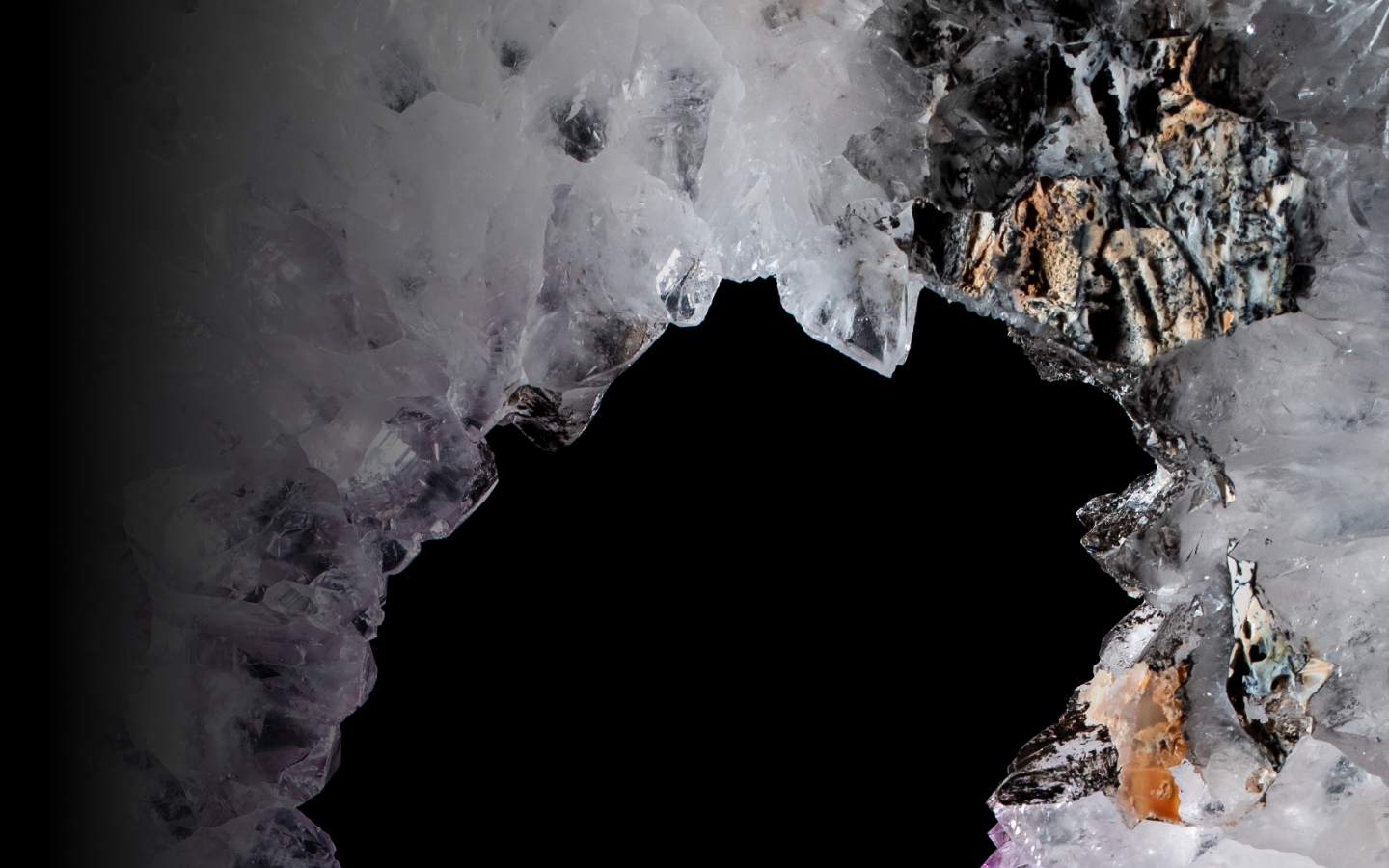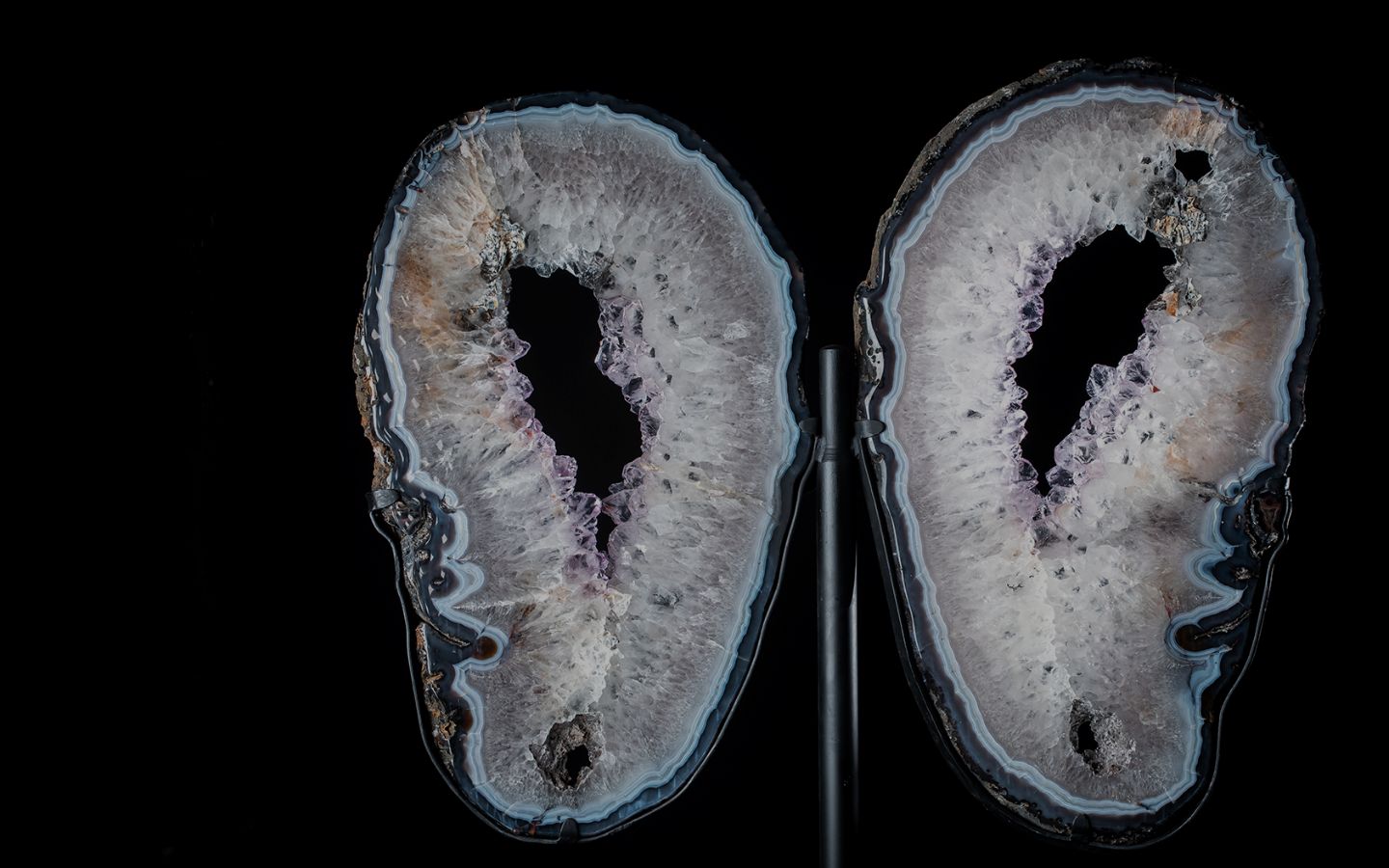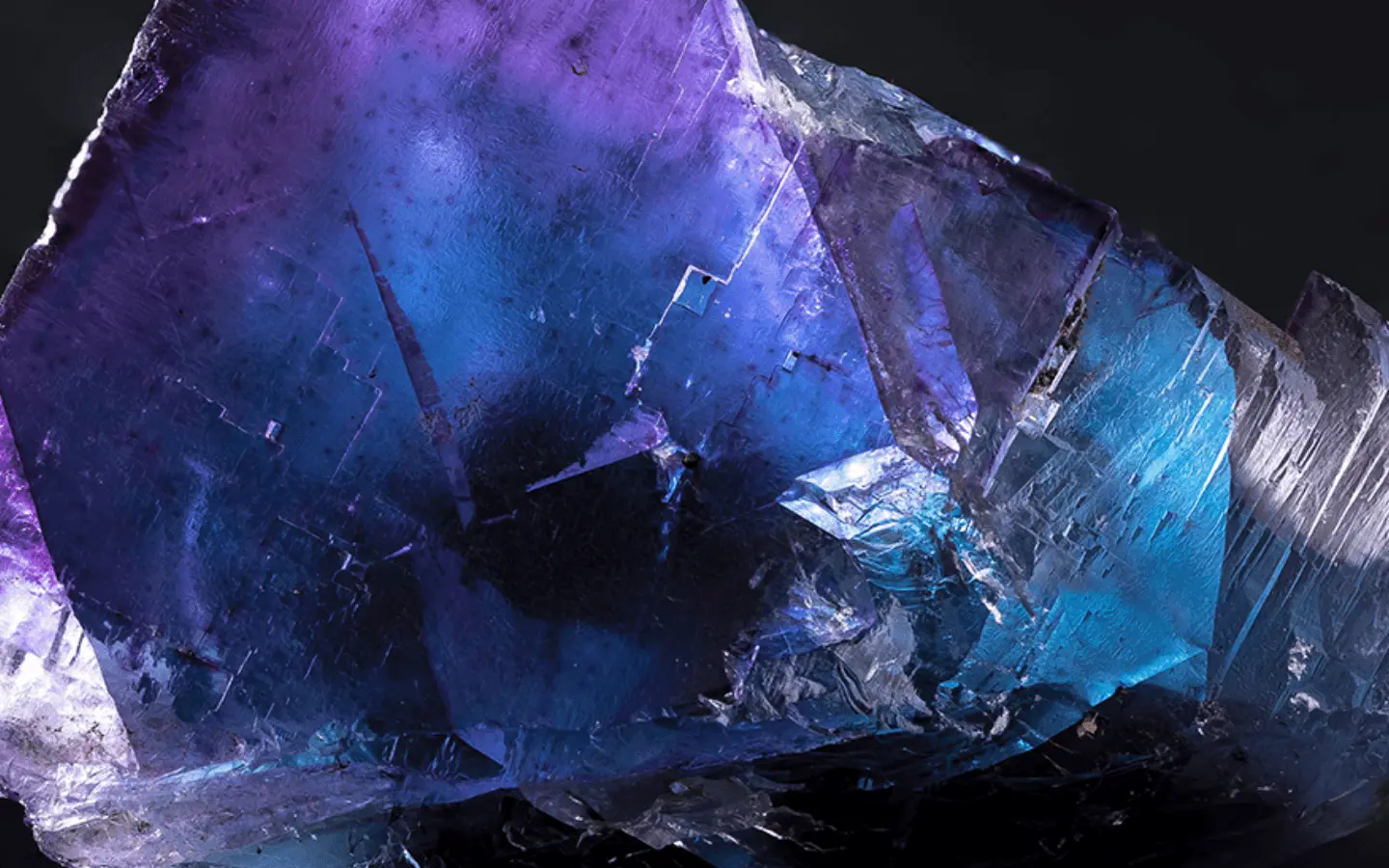

New Mineral Collection
Each specimen in a collection is deposited for a reason, whether due to the mineral’s habit, colour, brilliance, location, or other characteristics. However, the samples that passed through the fire lost their characteristics and are no longer representative of the original specimens selected to compose the museum’s collection. Due to this immense loss, it became imperative that the Mineralogy Collection of the Department of Geology and Palaeontology was fully recomposed, a long and expensive process that began soon after the fire and that continues through acquisitions, collections and donations by different partners and friends of the National Museum. Among the most recent additions, we highlight samples acquired by Vale and the ones donated by the Brazilian Institute of Museums (IBRAM), in 2019, by Professor Ricardo Scholz (Federal University of Ouro Preto).
The Mineralogy collection was built over 200 years and had historical samples, donated and collected by scientists from different countries, contributors and companies of great relevance. The future work consists of continuing the story with samples that can be exhibited and understood by the public in the new exhibitions of the National Museum. The minerals in this exhibition represent a small part of that which has already been incorporated into the Mineralogy Collection through valuable partnerships established since the 2018 fire.
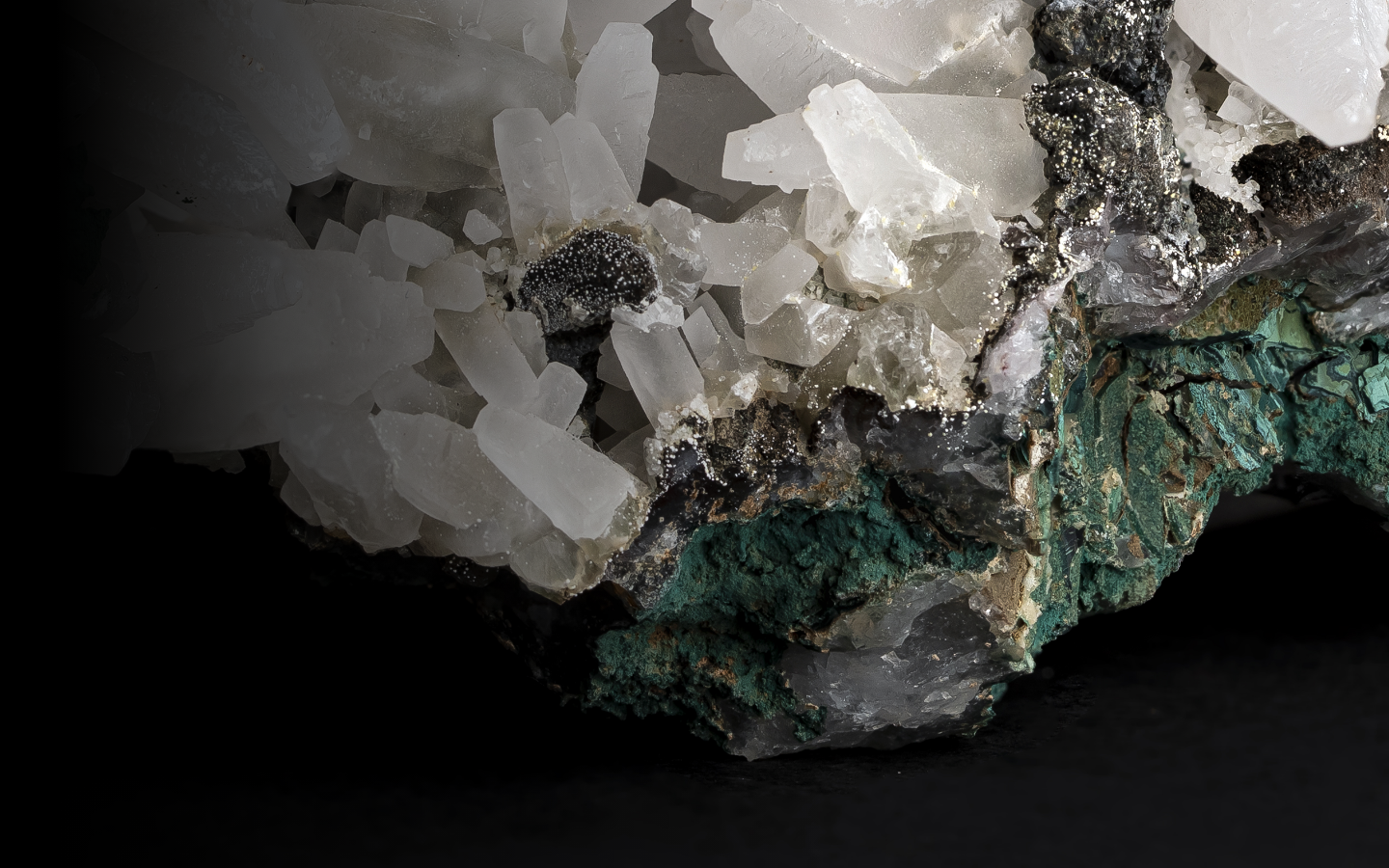
Calcite
Specimen number:MN 7725-M
Dimensions:10.6 x 8.7 x 3.9 (in)
Acquisition:Vale S.A. (PRONAC 180577)
Origin:Ametista do Sul - Rio Grande do Sul
This mineral presents a typical crystalline form of carbonates with pointed ends that is commonly referred to as dogtooth.
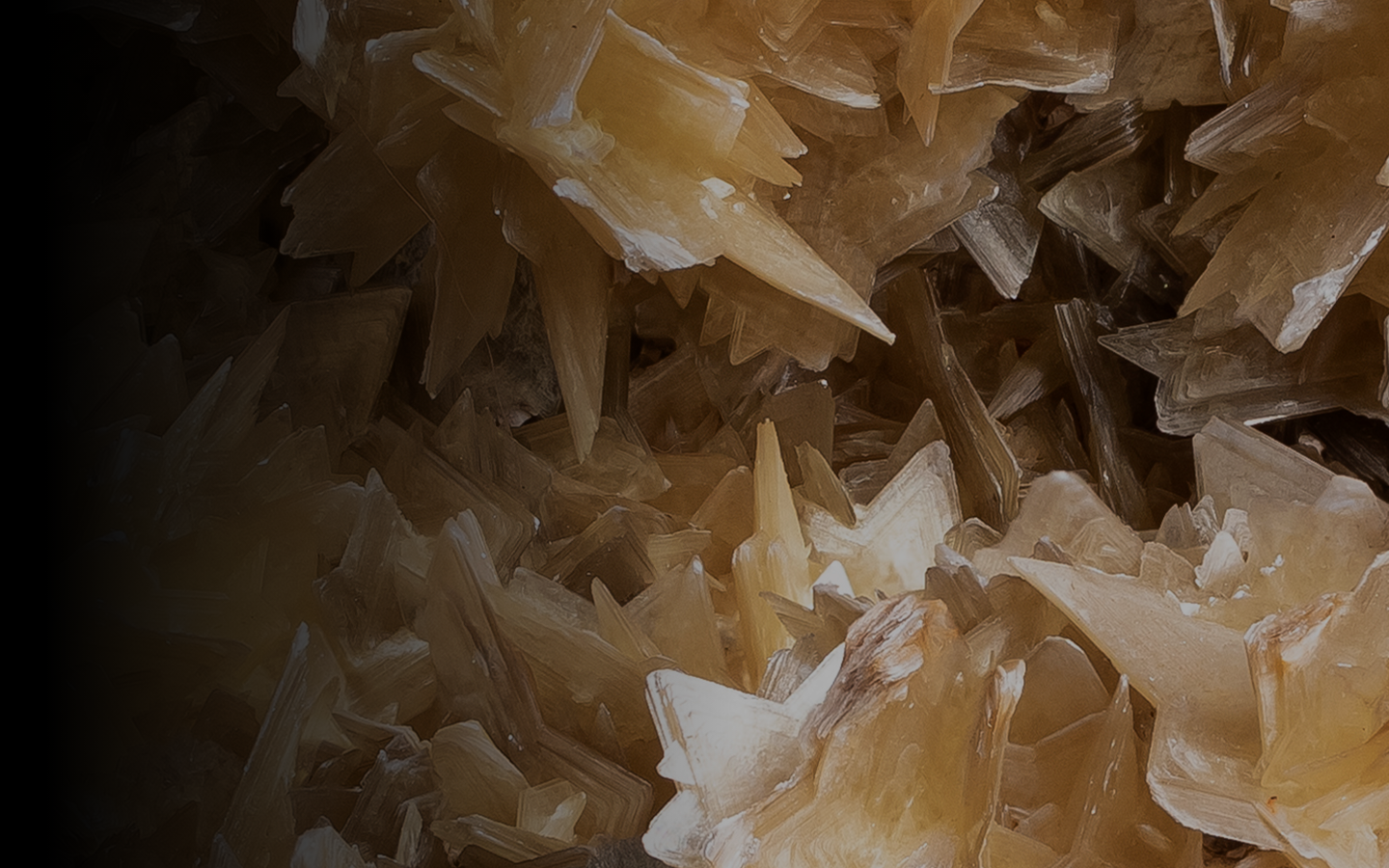
Muscovite
Specimen number:MN 7751-M
Dimensions:11.4 x 7.1 x 4.3 (in)
Acquisition:Vale S.A. (PRONAC 180577)
Origin:District of Jenipapo, Itinga, Minas Gerais
The six-pointed star shape observed in this sample is a result of the twinning (intergrowth) of different muscovite crystals. This sample was formed in a pegmatite, a type of rock that allows its minerals to develop and crystallize perfectly.
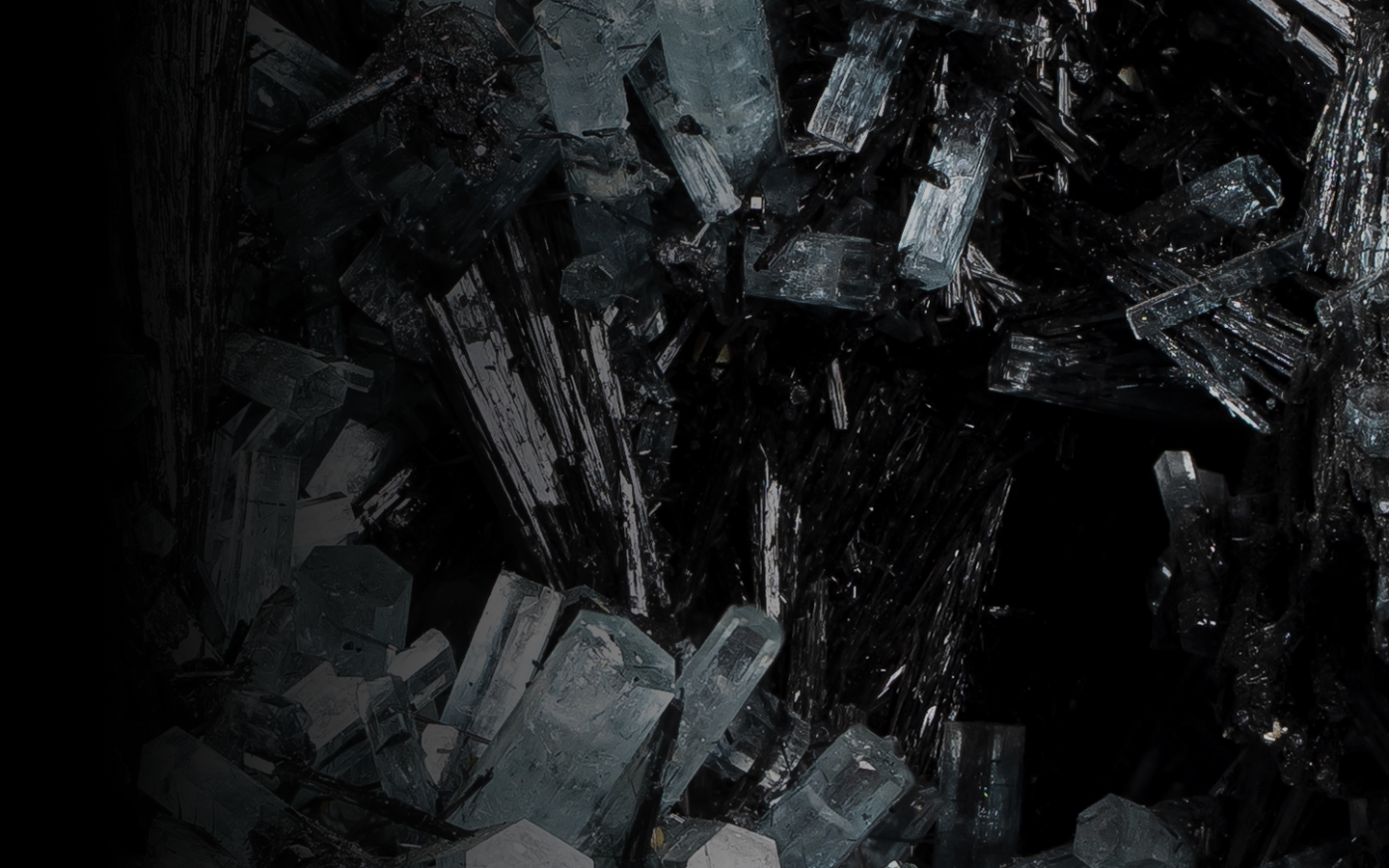
Aquamarine with Tourmaline
Specimen number:MN 7720-M
Dimensions:8.7 x 6.3 x 4.7 (in)
Acquisition:Vale S.A. (PRONAC 180577)
Origin:Namibia
A água-marinha (cor azul) é uma gema semi-preciosa do grupo do berilo e nesta amostra ocorre junto com a turmalina negra, conhecida como afrisita ou schorlita.
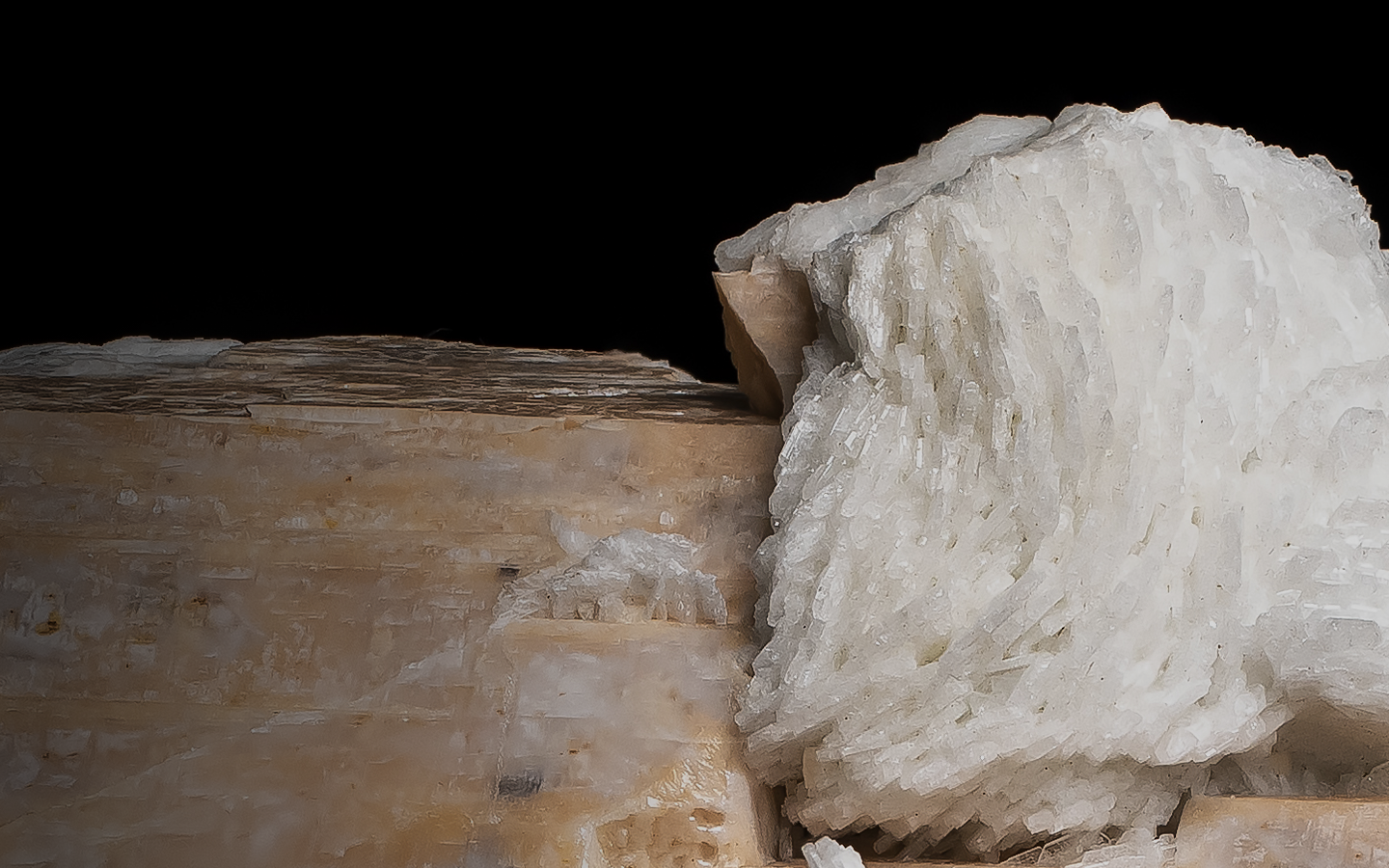
Potassium feldspar, Albite and Muscovite
Specimen number:MN 7775-M
Dimensions:10.6 x 8.7 x 6.7 (in)
Acquisition:Vale S.A. (PRONAC 180577)
Origin:Virgem da Lapa, Minas Gerais
This pegmatite sample is composed of three minerals: potassium feldspar (orange), albite (white, spherical) and muscovite (golden). Pegmatites are rocks that form large crystals.
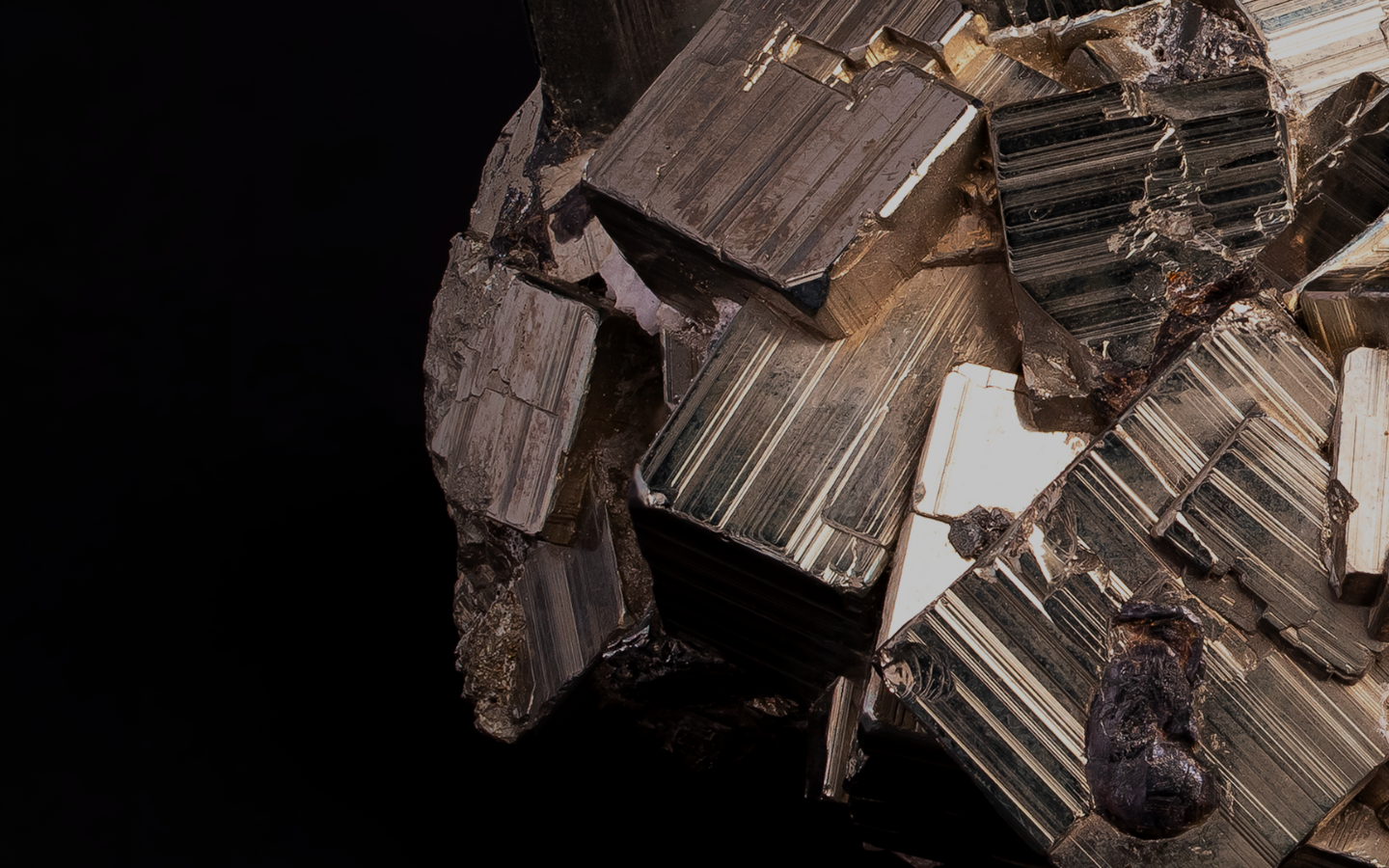
Pyrite
Specimen number:MN 7742-M
Dimensions:10.6 x 8.7 x 6.7 (in)
Acquisition:Vale S.A. (PRONAC 180577)
Origin:Huanzala Mine, Huallanca District, Peru
Pyrite is a mineral with a metallic lustre and golden yellow colour, often confused with gold, which is why it is known as ‘fool’s gold’. Its cubic crystal shape is a reflection of its crystalline system, in which the faces occur naturally and are unpolished.
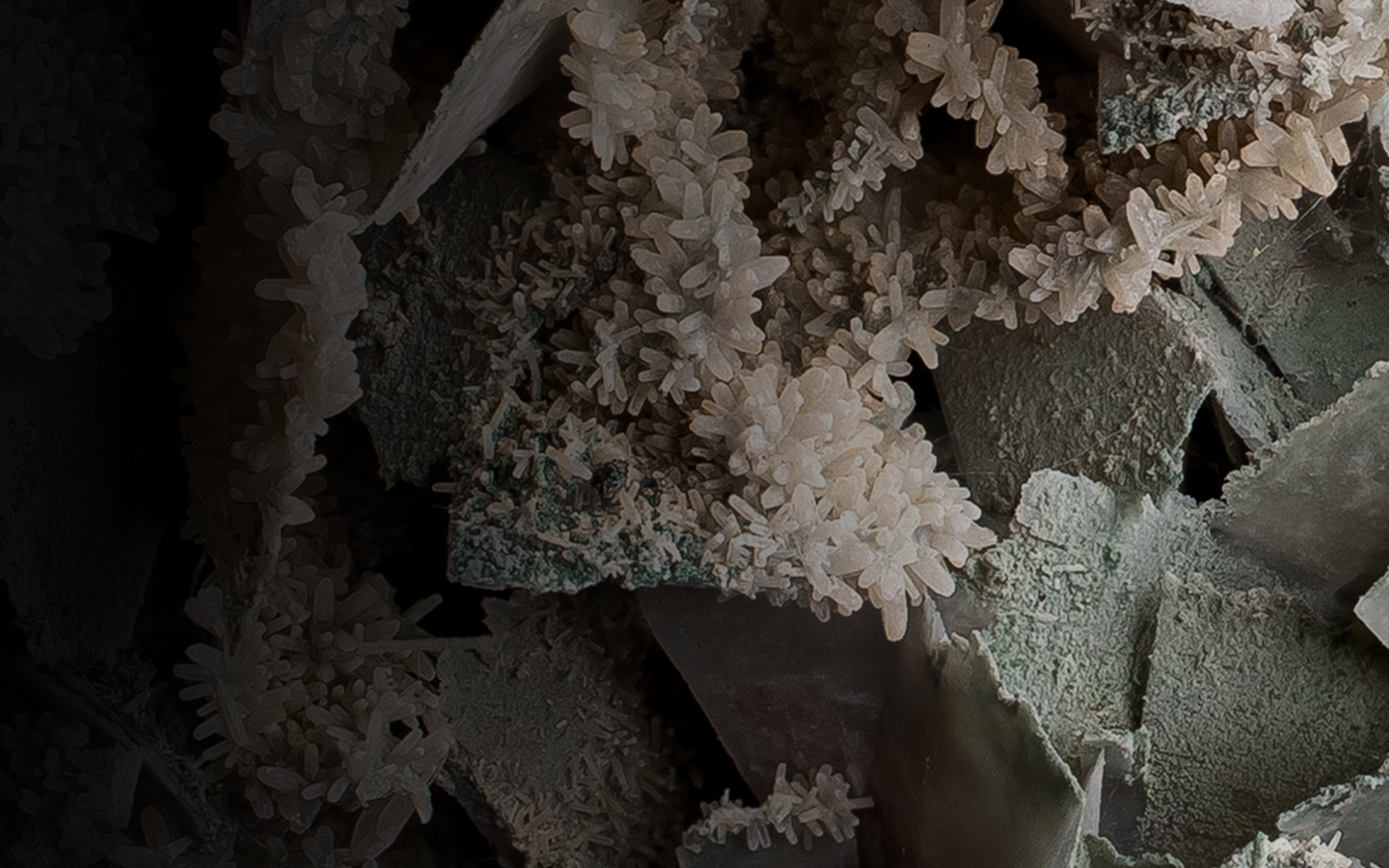
Pseudomorph Anhydrite Quartz
Specimen number:MN 7763-M
Dimensions:13.0 x 9.4 x 5.9 (in)
Donation:Bortoluzzi Pedras
Origin:Santa Cruz, Rio Grande do Sul
The term pseudomorphism is used to describe minerals that maintain the shape of the original mineral by replacing it with another, that is, the chemical composition changes while the external form is maintained. This sample has the typical form of anhydrite crystals that have been completely replaced by quartz.
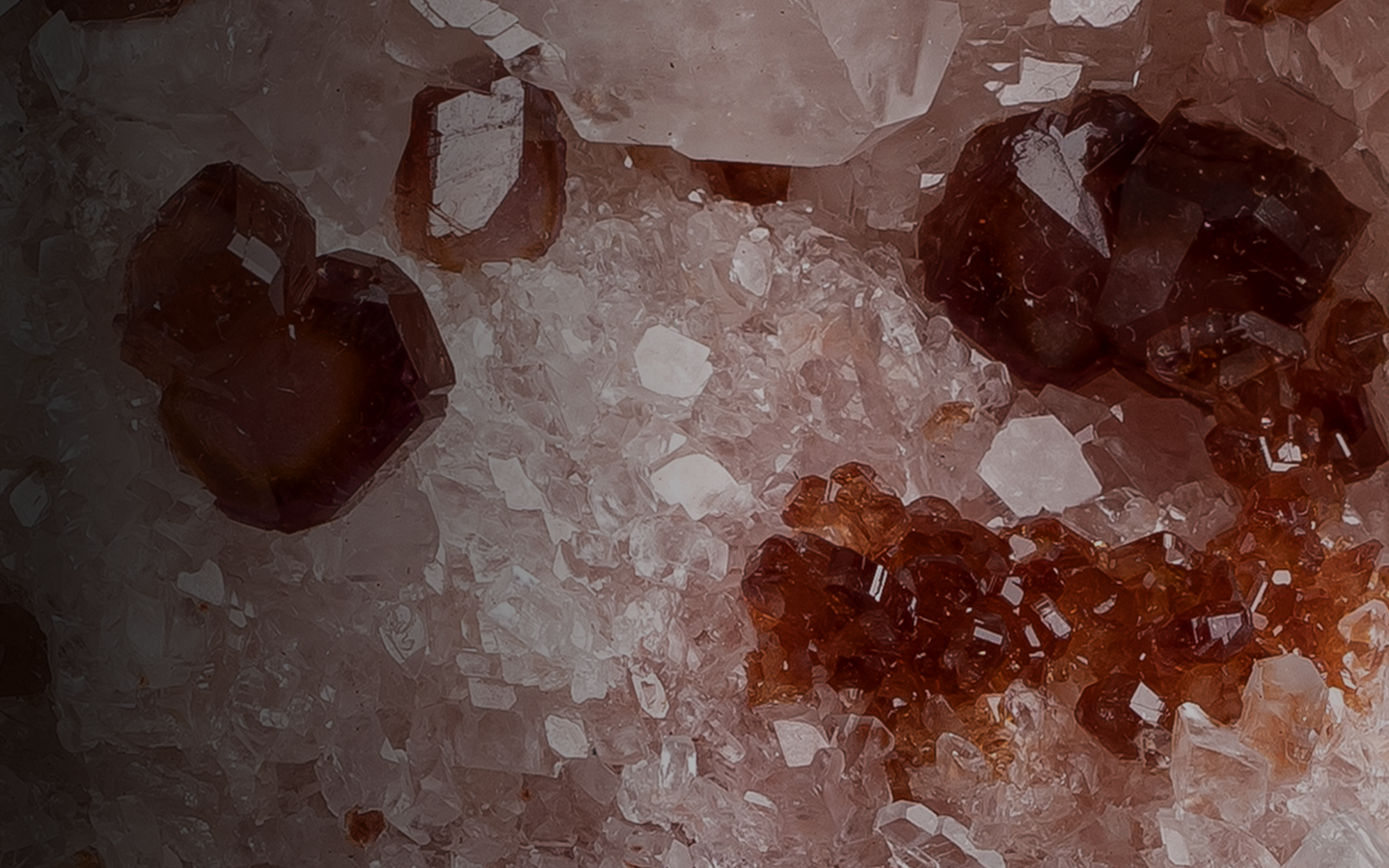
Uvite in Magnesite
Specimen number:MN 7696-M
Dimensions:4.7 x 3.9 x 2.8 (in)
Acquisition:Vale S.A. (PRONAC 180577)
Origin:Brumado, Bahia
Uvite is a variety of tourmaline mineral that occurs in the form of flattened prisms, in contrast to other minerals in the same group that occur as elongated prisms. In this sample, the uvite is red and is associated with magnesite (white).
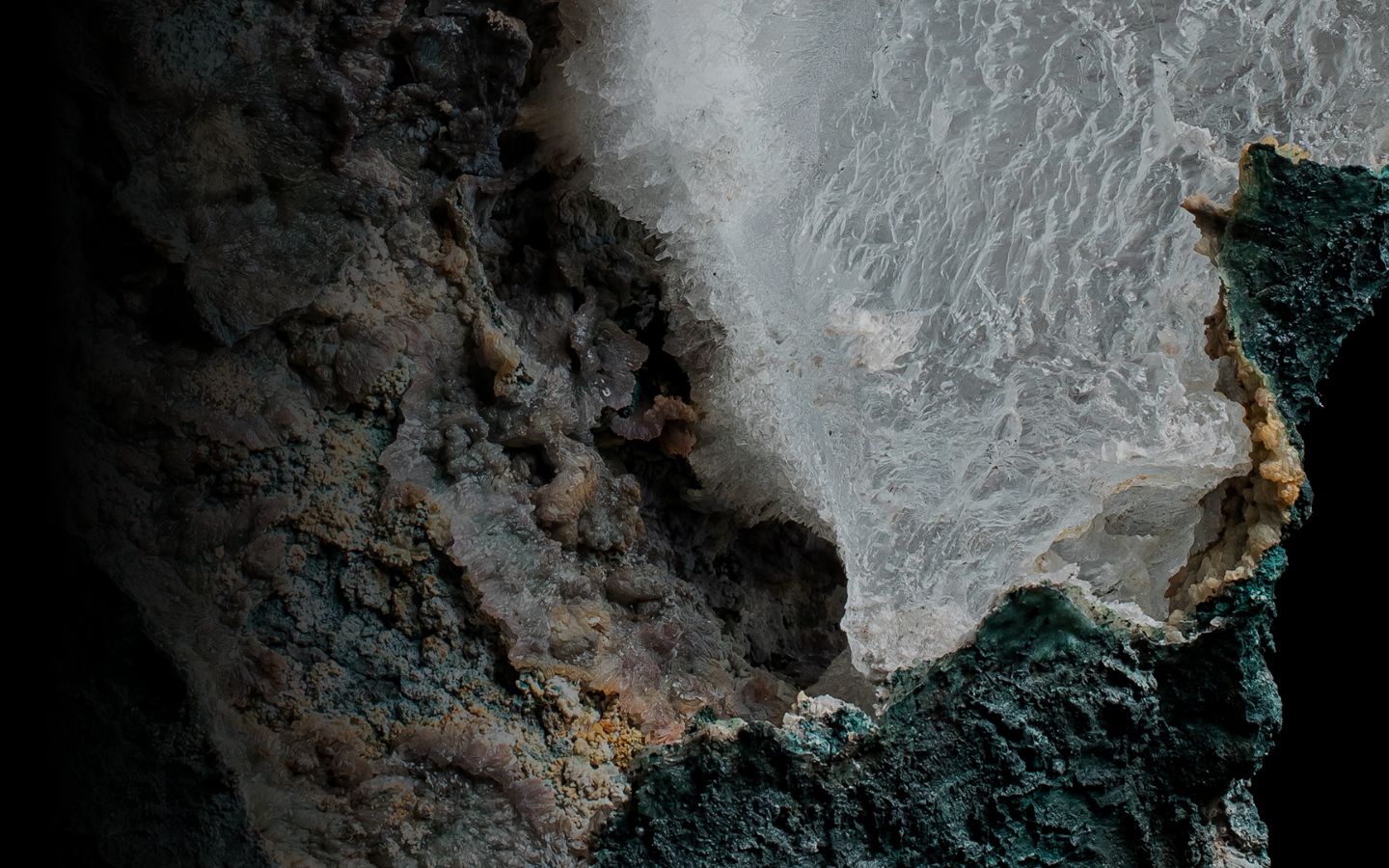
Gypsum
Dimensions:6.9 x 2.5 x 3.9 (ft)
Weight:728 lbs
Acquisition:Vale S.A. (PRONAC 180577)
Origin:Ametista do Sul, Rio Grande do Sul
Gypsum is a hydrated calcium sulphate and its name comes from the Greek gypsos, which means plaster. It is through the extraction of gypsum that we obtain the plaster used in civil construction and the limestone used in agriculture as fertiliser. While some minerals have high hardness, like diamond, sapphire and ruby, gypsum has low hardness and can be easily scratched with your fingernails.
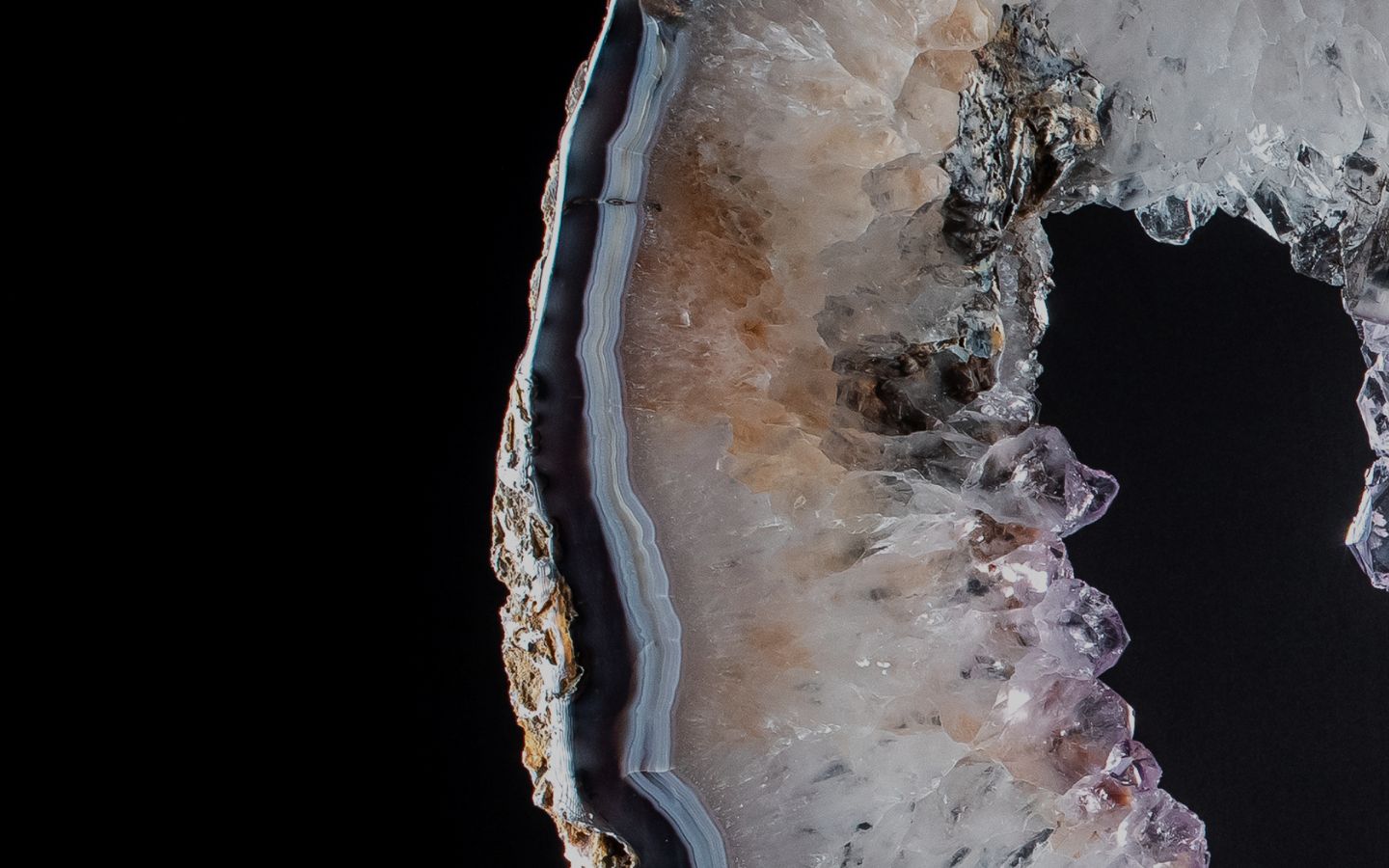
Agate sheets with amethyst
doação:HL Gems and Minerals
Origin:Soledade, Rio Grande do Sul

